The Archaeological Museum of Reggio Calabria: admiring the Riace Bronzes
The Archaeological Museum of Reggio Calabria: the tickets most chosen by travelers
National Archaeological Museum Reggio Calabria with PemCards Postcard
Explore artifacts, view the Riace Bronzes, and create personal postcards
from 17 €

The Riace Bronzes discovered in 1972 and exhibited at the Museum of Reggio Calabria
We can have an idea about how great and important the civilizations of Magna Graecia were by visiting the Archaeological Museum of Reggio Calabria. Flourishing and cultured cities, which traded throughout the Mediterranean and purchased works of art of valuable workmanship, such as the Riace Bronzes, the sublime statues of two warriors which embody the magnificence of that culture more than any other image. They were found in 1972 in the sea off the coast of Tyrrhenian Calabria and express the harmony, the perfection of classic shapes with the added bonus of admirable details.
The Riace Bronzes are housed in the MArRC, the National Archaeological Museum of Reggio Calabria, one of the most important in Italy, also known as the National Museum of Magna Graecia. The statues are located on the ground floor (Level D) at the end of the exhibition itinerary, in one of the five levels that make up Palazzo Piacentini, the seat of the Reggio Emilia museum, conceived after the devastating earthquake of 1908 and built with modern techniques between 1932 and 1941 expressly as a museum and finally completely renovated in 2016.
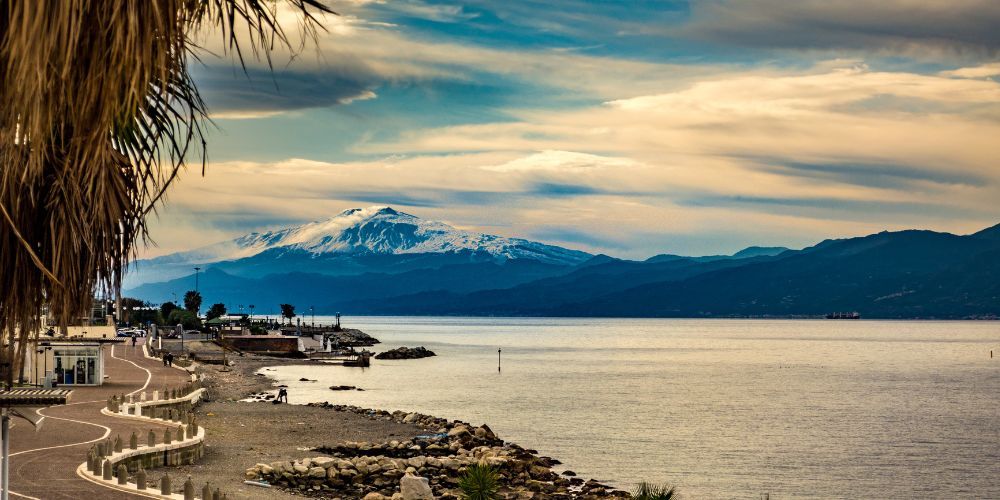
Discover all other experiences
From prehistory to the classical age, useful information on the Museum of Reggio Calabria
The exhibition itinerary of the National Archaeological Museum of Reggio Calabria embraces the entire history of the Calabria region but also of Lucanian and Sicilian sites. There are prehistoric finds of great importance, pottery and utensils from the Greek and Roman periods, an important numismatic collection and of course works of art, such as the Riace Bronzes.
Given the fragility of the two statues - popularly renamed the Younger and the Older - lying at the bottom of the sea for over 2000 years, access to the room that houses them is limited, a maximum of 20 people at a time. The environment is also subjected to a controlled climate, with humidity at 40-50% and temperature at 21-23 degrees. Furthermore, the Bronzes rest on an anti-seismic structure which must protect them in the event of an earthquake.
Two meters high and weighing 190 kilograms each, the statues reveal a truly surprising meticulousness of detail, which makes them masterpieces of inestimable value: the teeth of the "Youth" can be glimpsed between the lips and are made of silver, the cornea is made of ivory and the of glass was used to model the iris. On the left hand of both you can see the straps that were used to hold the shield, while the empty right hands should have held the sword or, more likely, a staff.
The Archaeological Museum of Reggio Calabria: tips for your visit
How to get to the Archaeological Museum of Reggio Calabria?
The simplest and most convenient way is by train, with the Reggio Calabria Lido station which is a two-minute walk from the museum located in Piazza De Nava. But let's see in detail:
By train:
From Reggio Calabria Centrale station you need to exit onto Piazza Garibaldi, here there will be 16 bus lines waiting for you that lead to the museum. Here they are: lines 5, 6, 7, 10, 11, 14, 17, 18, 103, 107, 115, 119, 121, 122, 123, 124. Instead, from the Reggio Calabria Lido station, in Piazza Indipendenza, the museum is two minutes walk.
From the airport:
Once you land at Reggio Calabria airport, there is a city bus service that takes you to the vicinity of the museum with these lines: 27, 28, 113, 115, 118, 119, 122.
By car:
Once the A2 Salerno-Reggio Calabria motorway (formerly A3) has been completed, follow the signs for the A3 motorway northwards until the “Reggio Calabria Porto” exit. Continue on the ring road until you enter the city, walking along Viale Genovese Zerbi up to Piazza Indipendenza. From here you continue along Via Vollaro and immediately, on the left, there is the Museum.
From the Port:
Standing. Just take the uphill road in front of the hydrofoil exit and then continue along Viale Genovese Zerbi up to the Rotonda of Piazza Indipendenza. From here you walk along Via Vollaro and immediately on the left is the Museum.



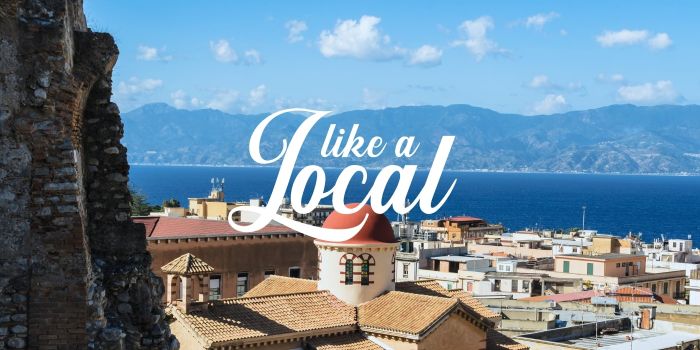
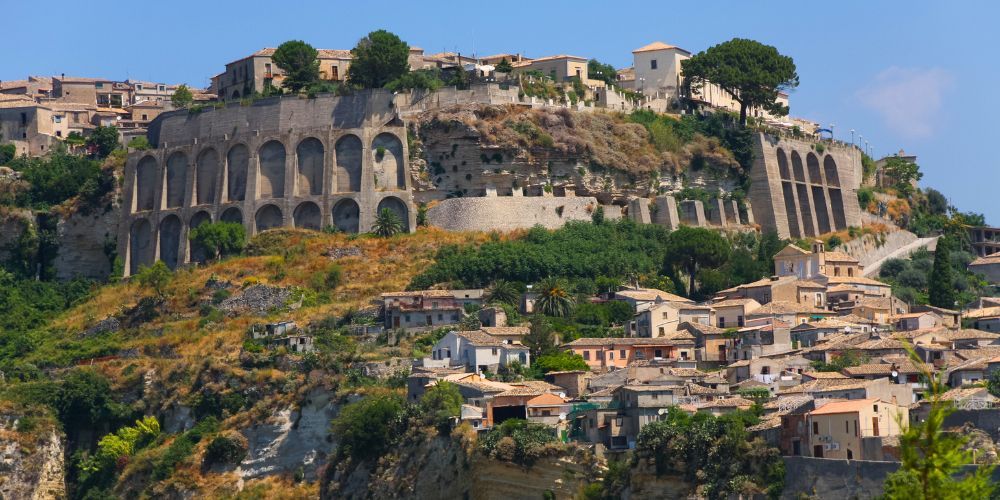
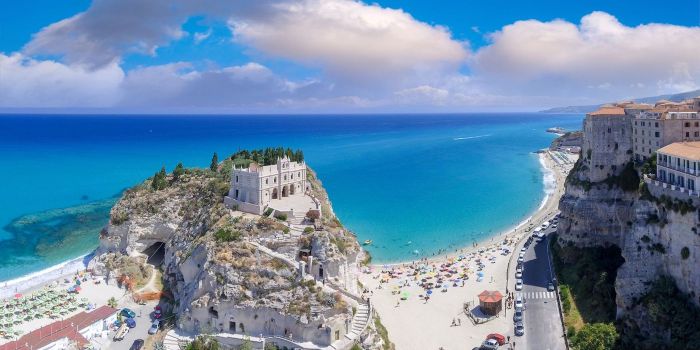
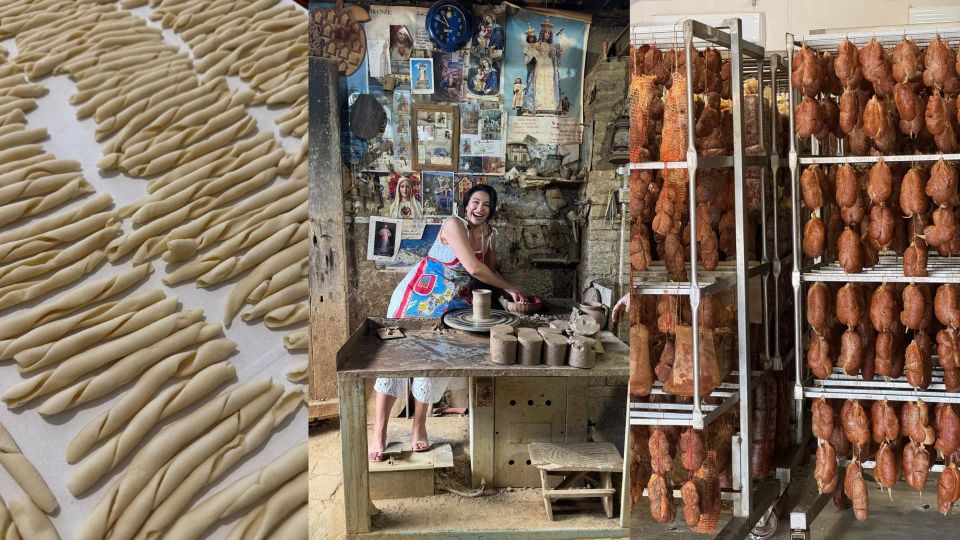
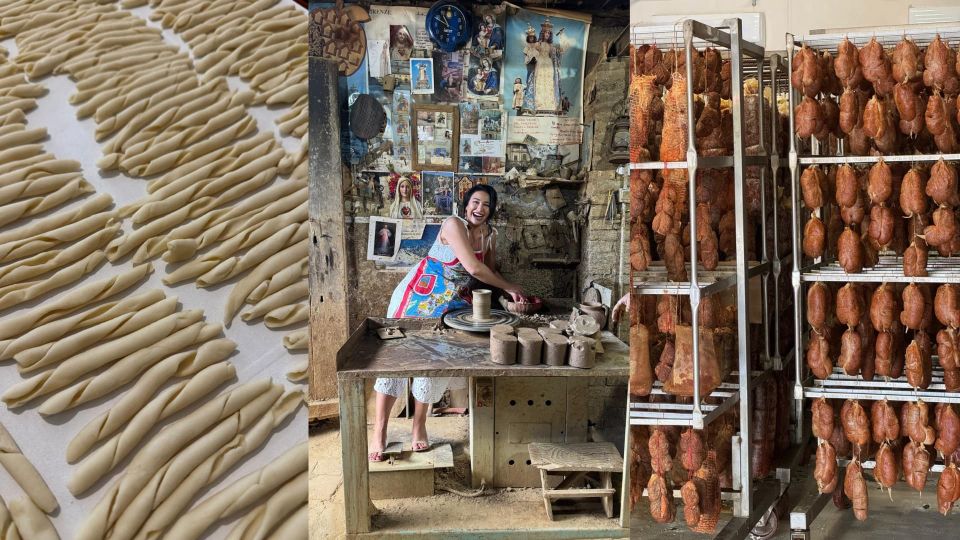
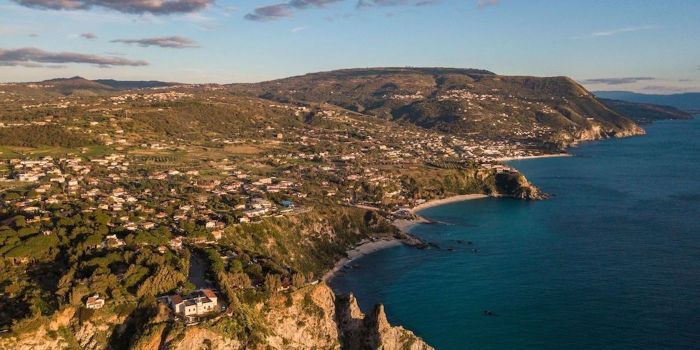
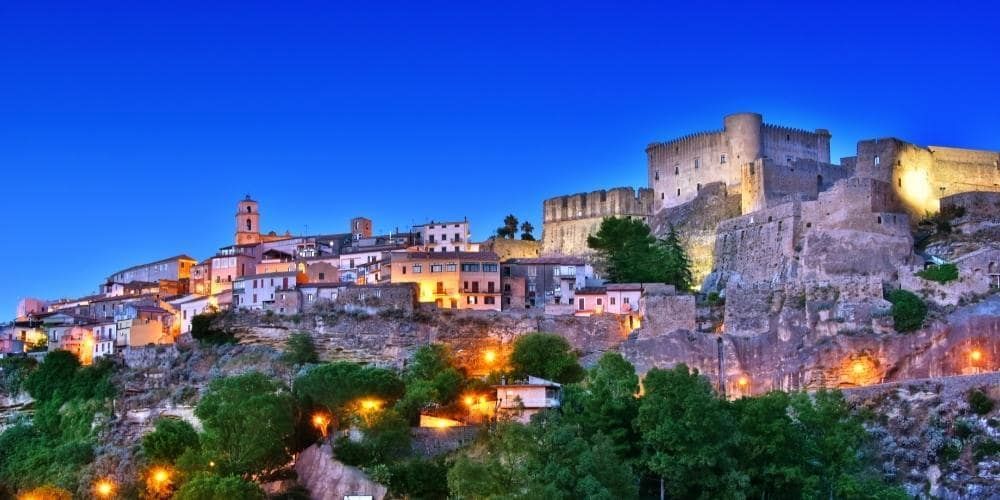
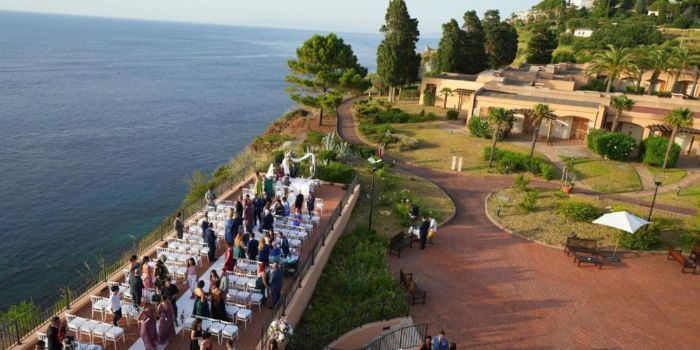
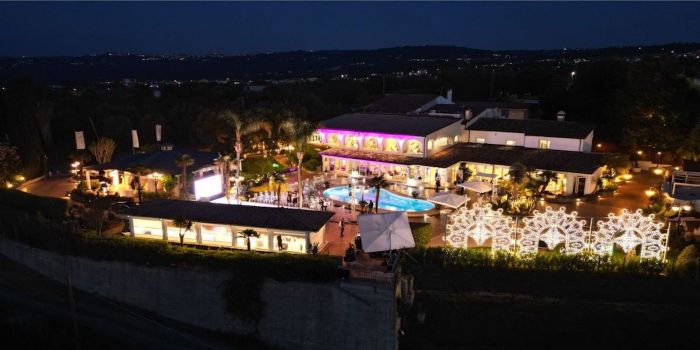
Antonio Angione
Opening hours, prices and information to discover the Magna Graecia Archaeological Museum in Reggio Calabria, where you can admire the wonderful Riace Bronzes